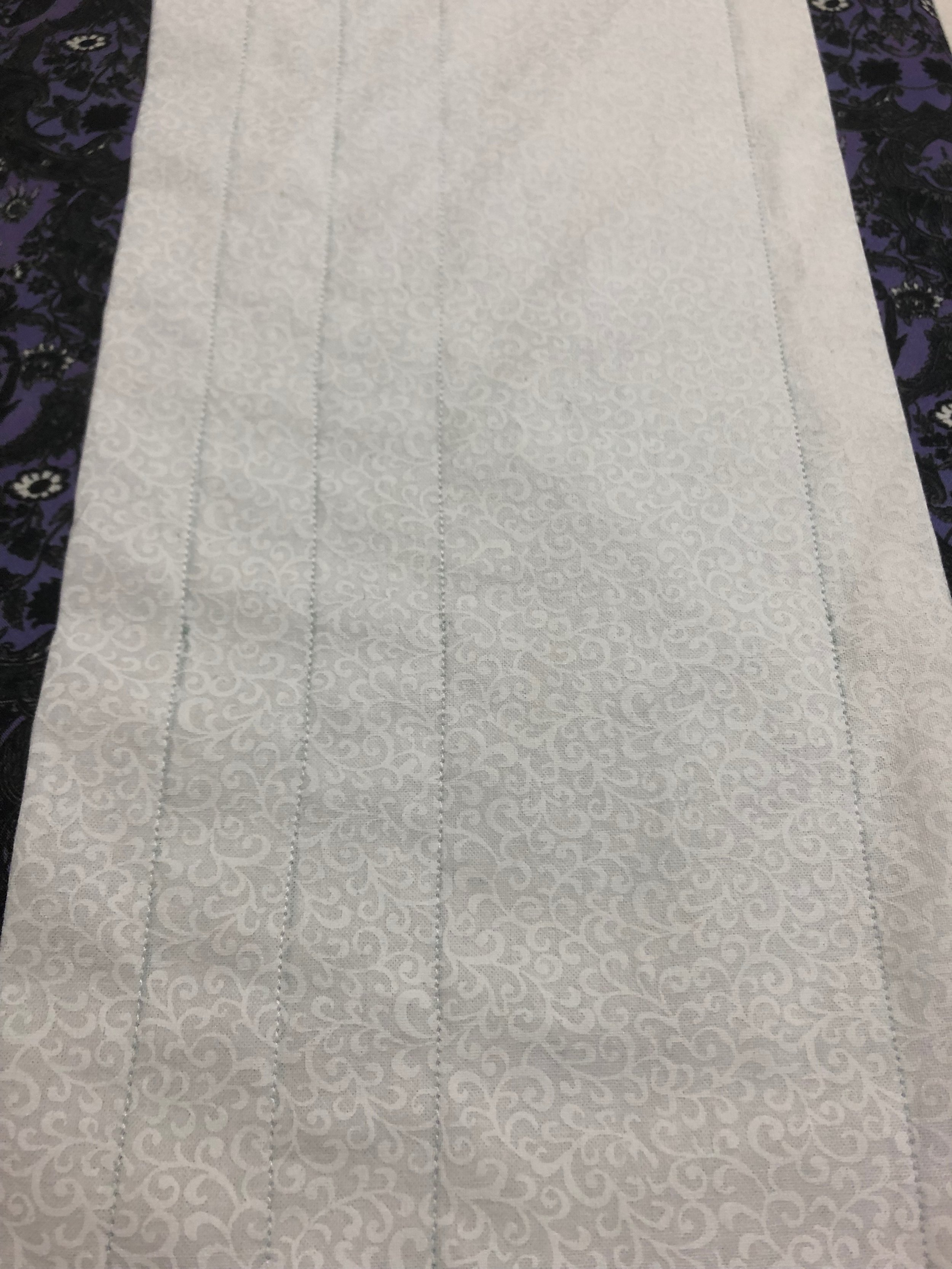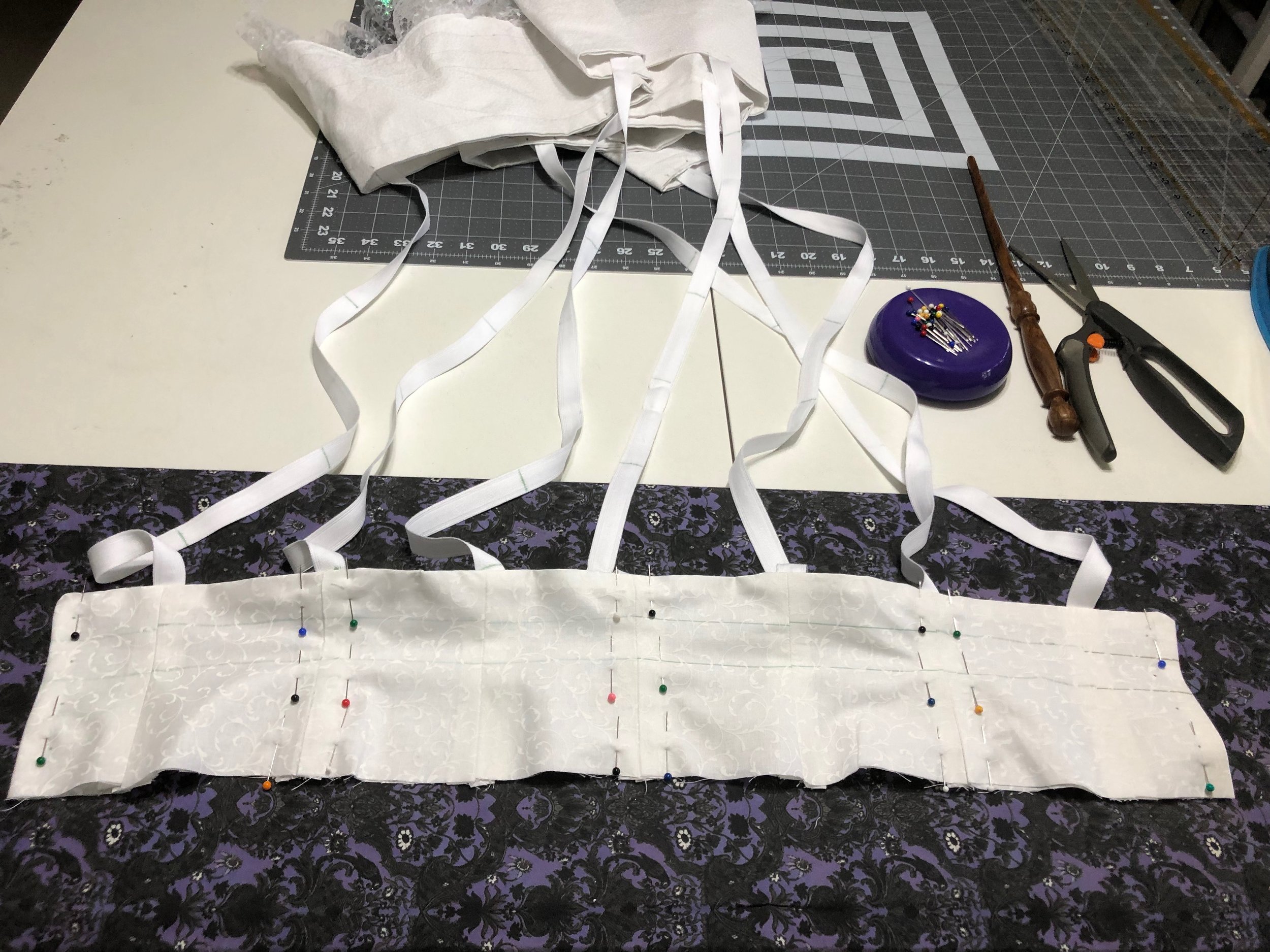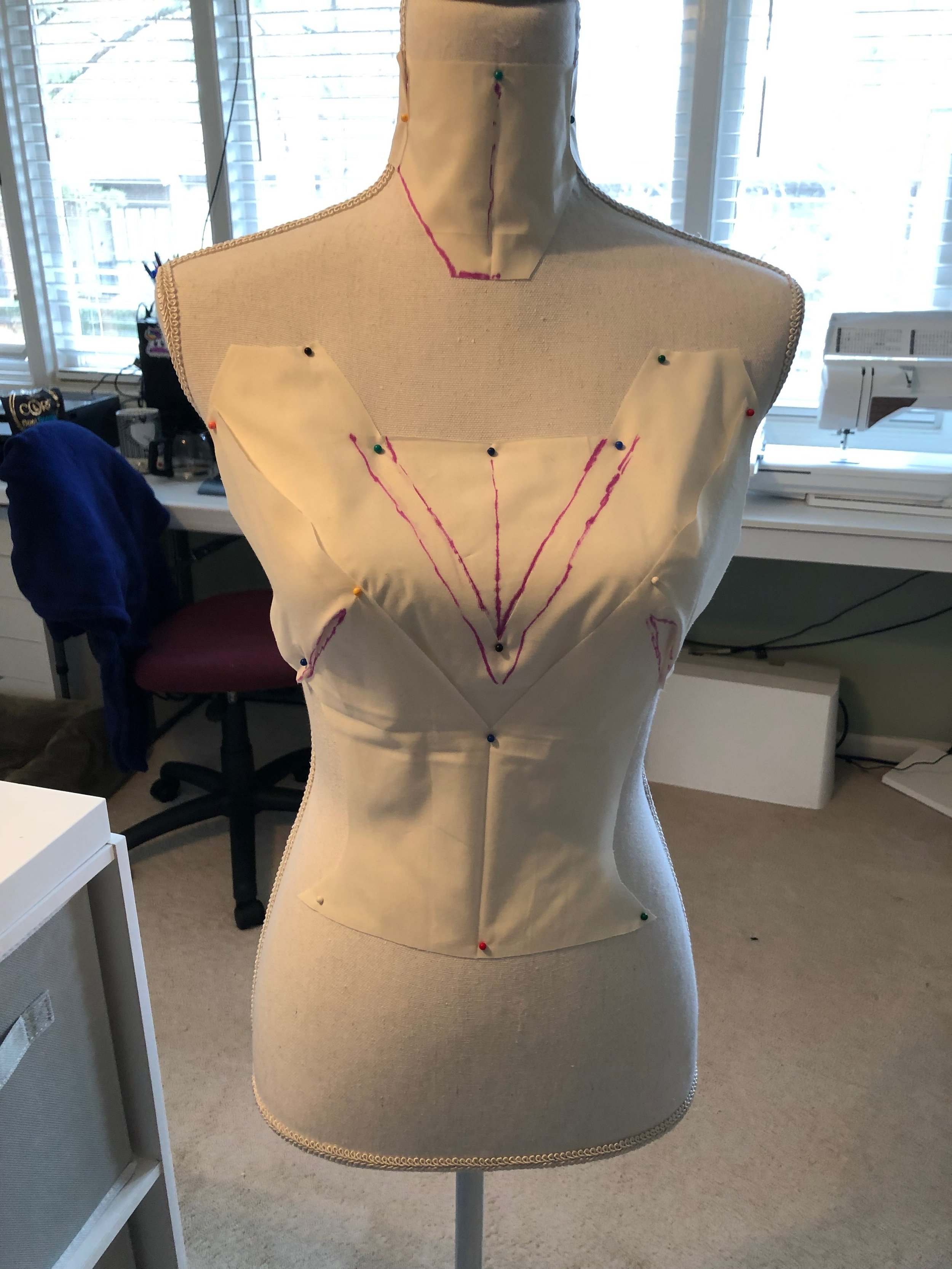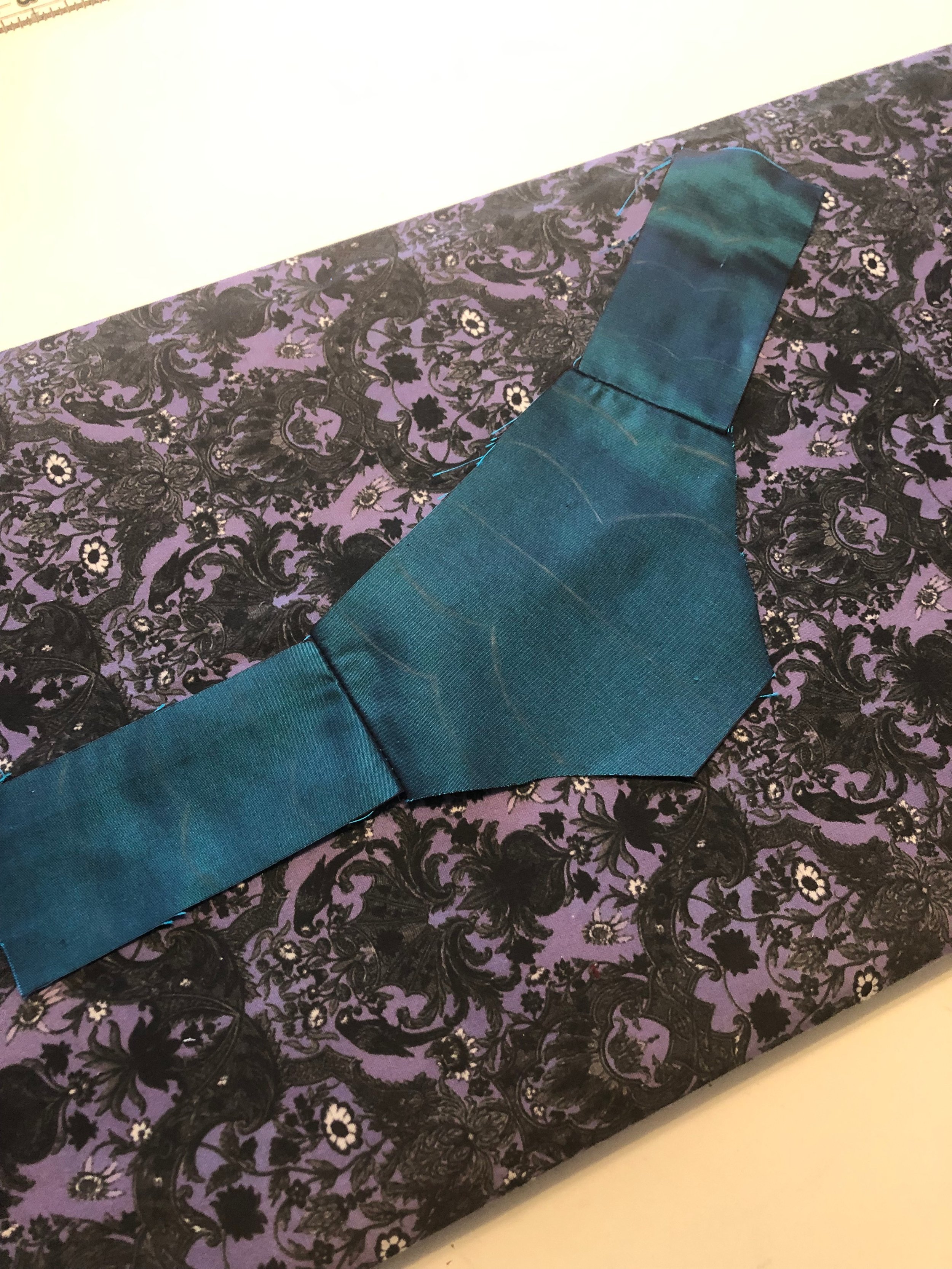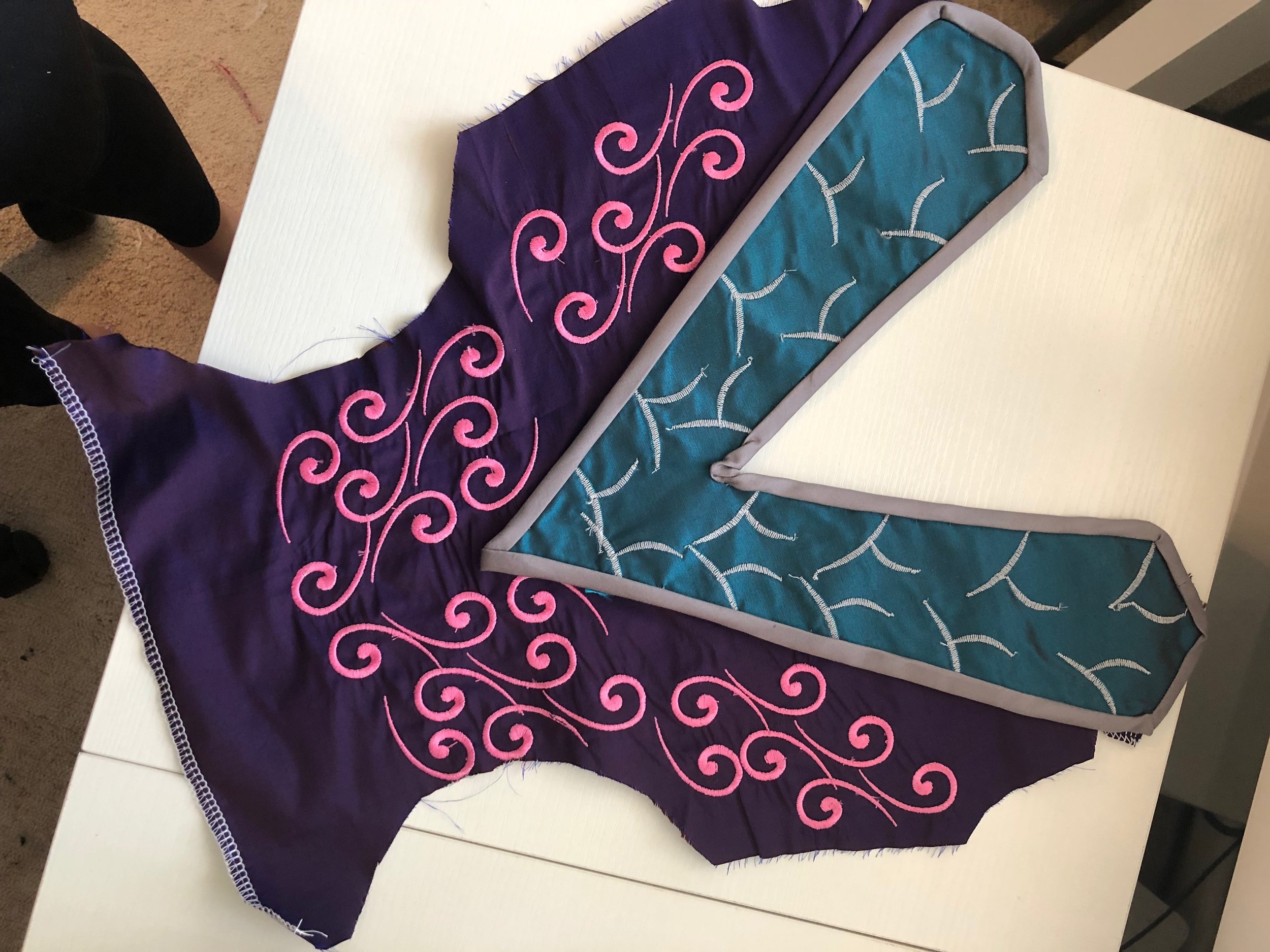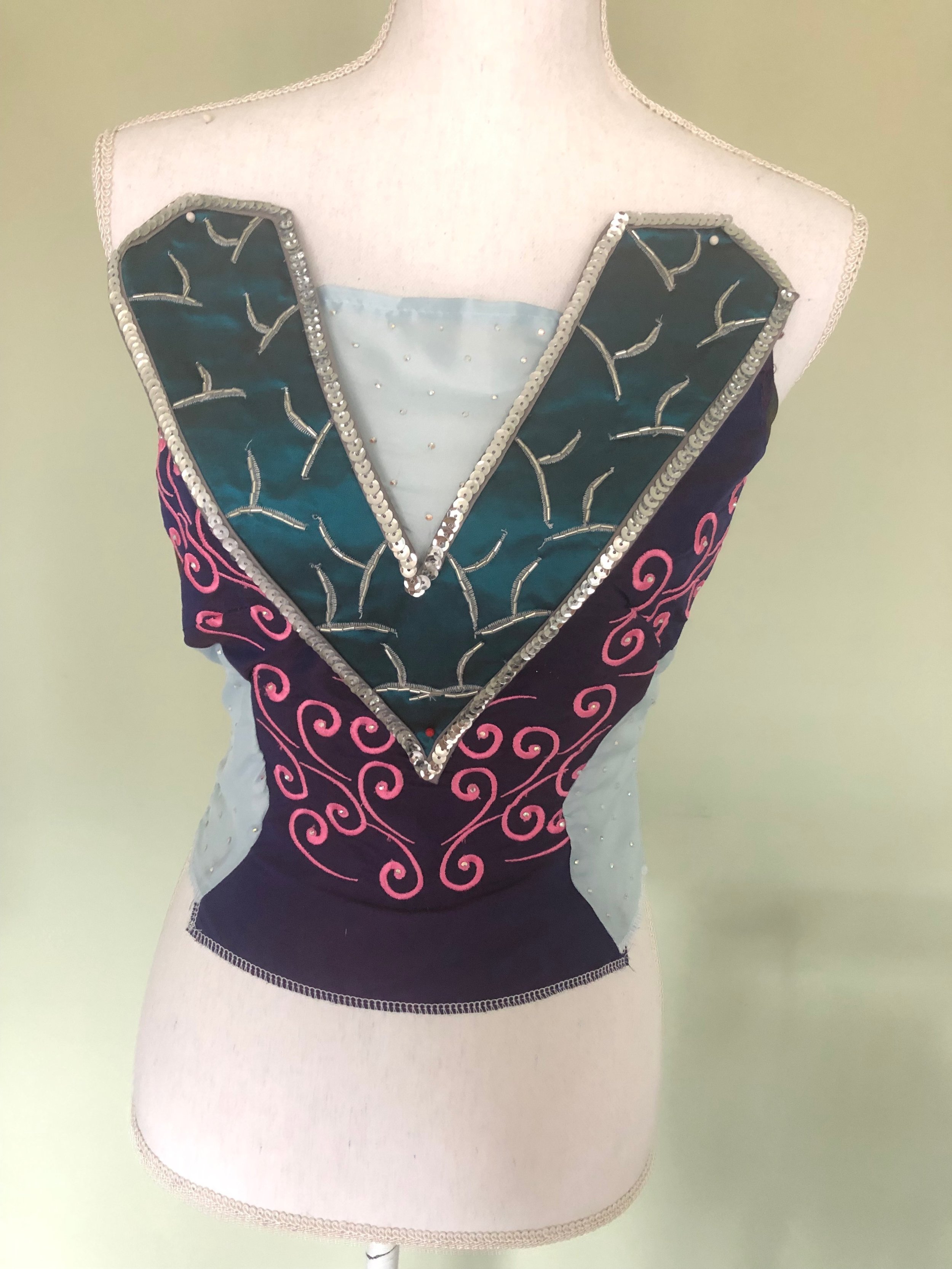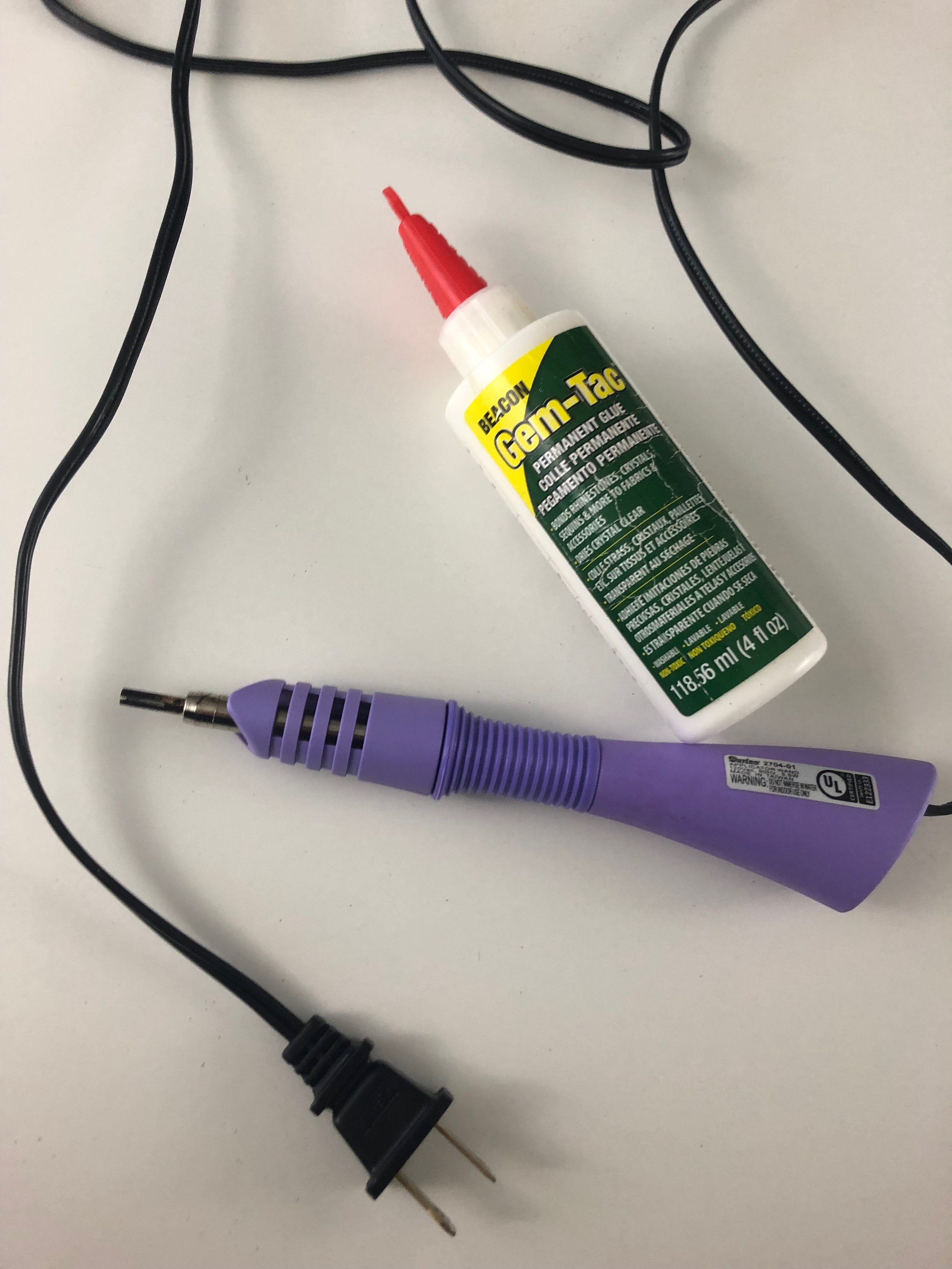There’s two basic methods I use to apply crystals.
The first and most commonly used on my stream is the Hotfix tool. Now this is a good method of adding rhinestones, its affordable, you can get rhinestones for this on Amazon Prime and they apply quickly.
BUT, they have been known to fall off if you don’t allow the glue to completely warm up AND it can take longer if you are using large stones.
I use this method on stream all the time and I have very little issues with it but I have also learned from experience that this is probably not the say all end all to applying crystals.
You can purchase the tool here.
The best rhinestones I have found for this tool are here.
Please for the love of god DO NOT purchase the stones that come with 1 gross of 15 different colors, I have bought 2 of those kits and they are trash. I also have heard that the rhinestones that come in a kit with the tool are also trash. Save yourself the frustration and buy the tool and then the Threadart stones separately.
I have purchased 10k AB rhinestones for $40 and the one issue I had with those was that each batch seemed to be slightly different quality. By that I mean the adhesive for some are better than others and how well the tool picks up the stone varies.
Also note that for hotfix you need electricity and if you’re planning to rhinestone on your 12 hour car ride to Katsucon then you’re out of luck.
Ultimately, hotfix is not the cheapest method of stone/application but its the quickest method to get to you.
Now, lets talk about gem-tac. I know people have done blogs stating E6000 is king and only use that but here’s the tea, E6000 used on 4k-5k-20k stones per costume will kill you. Also, it doesn’t actually adhere to a wide variety of fabrics. I used it on all my Lady Gaga rhinestone covered costumes and on ALL of them I have lost lots of stones.
So you can buy gem-tac here. 1oz covered about 2k crystals and that’s while streaming where I had quite a bit of glue waste due to talking and having it dry. The cure time is probably 30 minutes, probably less and even though its white, it dries clear. I used it on silk dupioni and had ZERO problems with it distorting my fabric. Also, note that this can be used with literally EVERY stone you purchase, you can even use it with your hotfix stones.
Now, applying stones with gem-tac can be tedious although we are talking about applying stones so I guess that’s just tedious all together. My advice is to use toothpicks or those cheap chopsticks you get at take out places to dot your fabric with glue and then tweezers to pick up and place the stones. These tweezers are really good for both beads and rhinestones.
Don’t Break the bank on crystals, unless you want to I guess.
Now it’s time to discuss the best price rhinestones for the best quality. This is where I will start giving you links to where I buy my crystals but please note that some of these can take upward of 2 months to get to you. So plan accordingly.
Let’s start with my favorite stones to date, these are the ones a lot of you probably saw on Instagram last night. My friend Eveille Cosplay sent me this link and she really deserves all the credit for this find, so go follow her.
Ebay
I bought, 4mm gold, 4mm dark purple, 4mm light green, 4mm purple, 4mm Iridescent A/B, 4mm Emerald green, 4mm blue, 4mm peacock blue, 4mm light blue, 4mm black and 6mm iridescent A/B stones for about $25 and it took 2.5 weeks to get to me. Those stones are my absolute favorite and I plan to buy one of every color after I finish this blog.
My second choice would be hot-fix but ONLY because I can get it all on Amazon Prime and the price per gross is the second cheapest. So if you want the links to all that jump back to ‘How to apply‘ and just note that all those links are affiliate links so if you purchase there you just feed into my rhinestone addiction and I appreciate you.
My next favorite option would be from Beads Factory. They are not very cheap UNLESS you get them on hella sale like I did on black Friday. I purchased Bohemian Crystals for 70% off and the quality is just a step up from the eBay option and IMO are just as good as Swarovski. You can also purchase Swarovski and Perciosa from Beads Factory. I have not used Perciosa but I’ve had it recommended a dozen times so if you try them out let me know.
Finally, I bought my Swarovski from Fire Mountain Gems. I buy a ton of beads from them but keep in mind to pre-plan because every unit you buy can make the entire total go down. I typically only like to purchase from them when I know I need 50 units or more total (you can mix and match between items and that rocks) because it will save money in the long run.
There are TONS of other places to get crystals but these are the places I have purchased from, I am not listing any I have not purchased because well I don’t want to screw anyone over so if you purchase elsewhere leave a comment with a link.
If this guide was helpful to you at all and you’re feeling extra generous please consider buying me a coffee. Everyone that does so will get their name inside my Stellagosa costume that I am starting on Tuesday.
If you can’t help out I totally get it because those precious doll hairs could be used to purchase crystals BUT sharing this blog helps too and using my Amazon Affiliate link is also a way to help.
Last but not least, PLEASE PLEASE PLEASE tag me on IG, FB or Twitter if you use any of these suggested crystals or if you just want to share your work with me.
Thank you to all of my Patrons and Twitch supporters, you guys make it possible for me to grow not only as an artist but as a human. I love you all.










